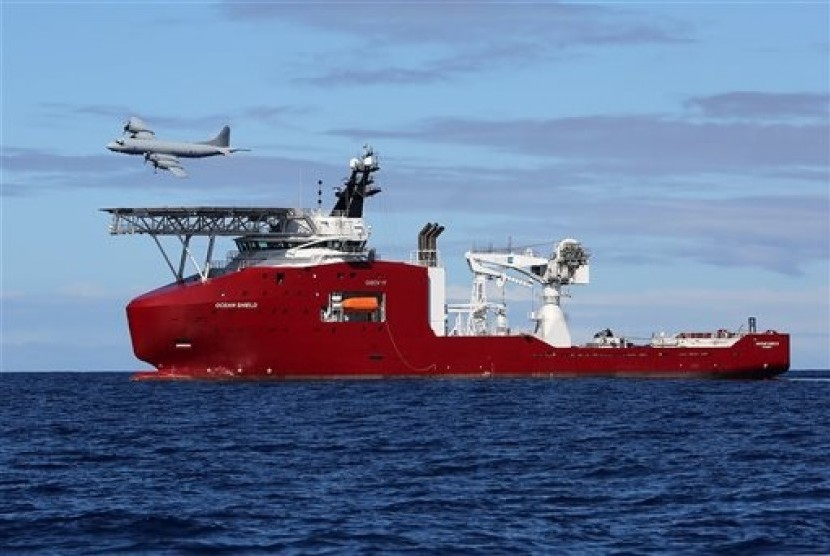REPUBLIKA.CO.ID, SYDNEY - Malaysia Airlines Flight MH370 was most likely on autopilot when it crashed into the Indian Ocean further south than previously thought, Australian officials said on Thursday, as they charted the next phase of a so far fruitless search.
"It is highly, highly likely that the aircraft was on autopilot otherwise it could not have followed the orderly path that has been identified through the satellite sightings," Australian Deputy Prime Minister Warren Truss told reporters in Canberra.
The new analysis comes more than 100 days after the Boeing 777, carrying 239 passengers and crew, disappeared on March 8 shortly after taking off from Kuala Lumpur bound for Beijing.
Investigators said what little evidence they have to work with suggests the plane was deliberately diverted thousands of kilometres from its scheduled route before eventually plunging into the Indian Ocean.
The search was narrowed in April after a series of acoustic pings thought to be from the plane's black box recorders were heard along a final arc where analysis of satellite data put its last location. But a month later, officials conceded the wreckage was not in that concentrated area, some 1,600 km (1,000 miles) off the northwest coast of Australia, and the search area would have to be expanded.
"The new priority area is still focused on the seventh arc, where the aircraft last communicated with satellite. We are now shifting our attention to an area further south along the arc," Australian Deputy Prime Minister Warren Truss told reporters in Canberra.
The next phase of the search is expected to start in August and take a year, covering some 60,000 sq km at a cost of 60 million AUD (56 million (USD) or more. The search is already the most expensive in aviation history. The new priority search area is around 2,000 km west of Perth, a stretch of isolated ocean frequently lashed by storm force winds and massive swells.
A tender to find a commercial operator to conduct the sea floor search closes on Monday.


